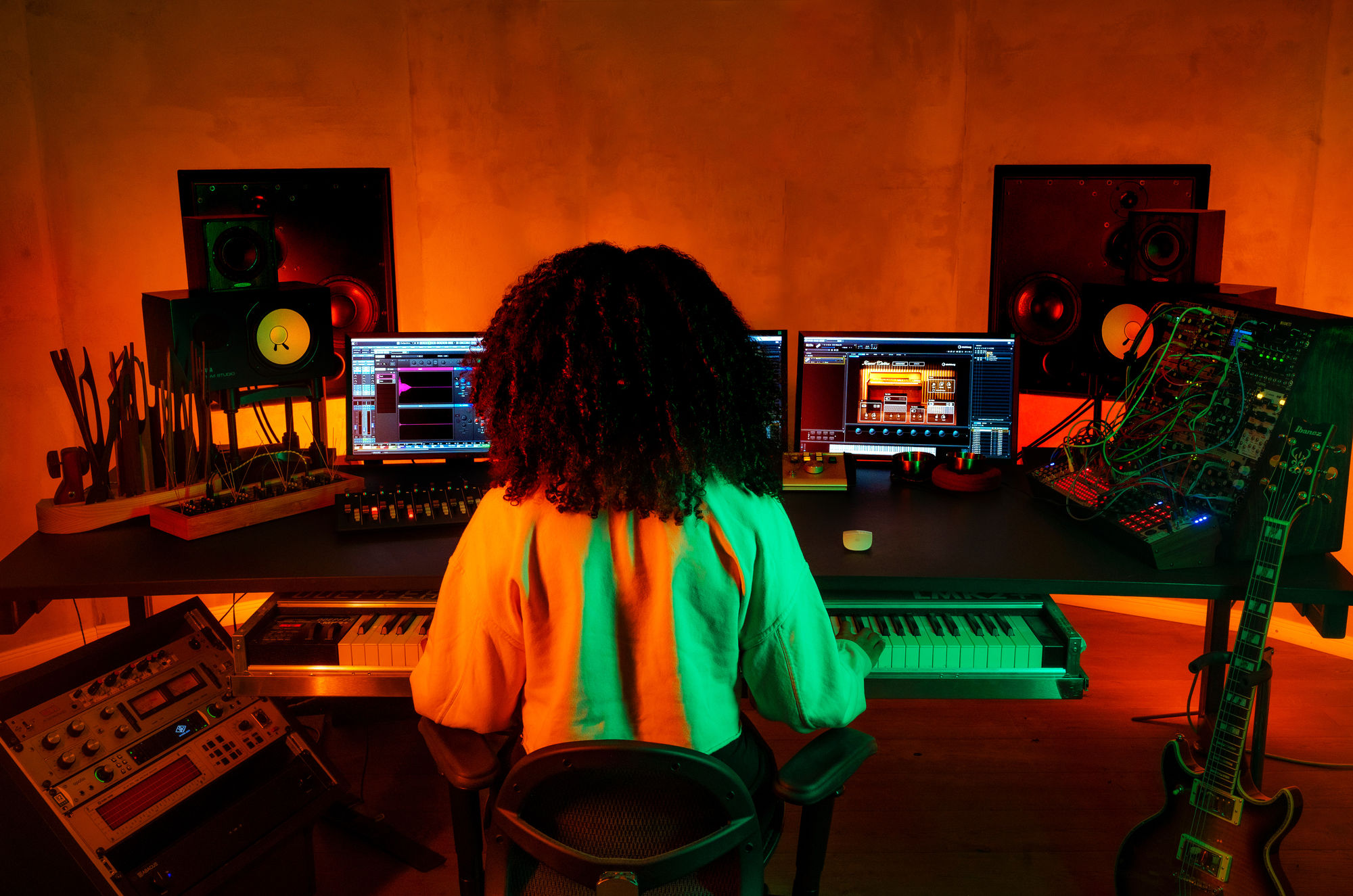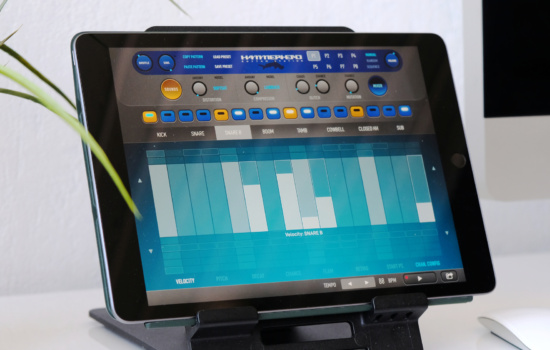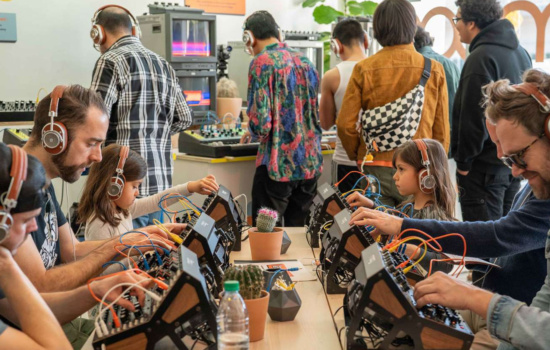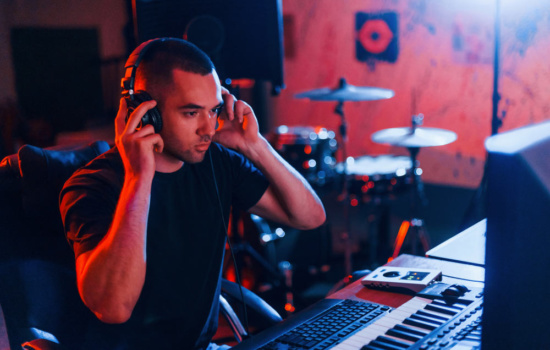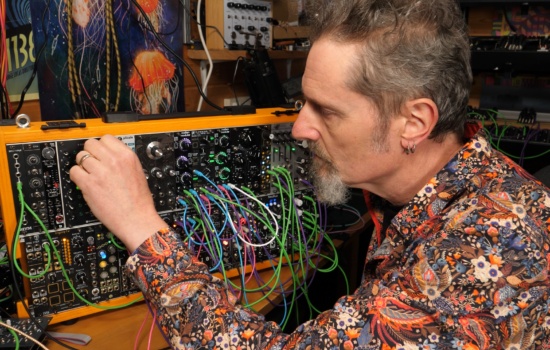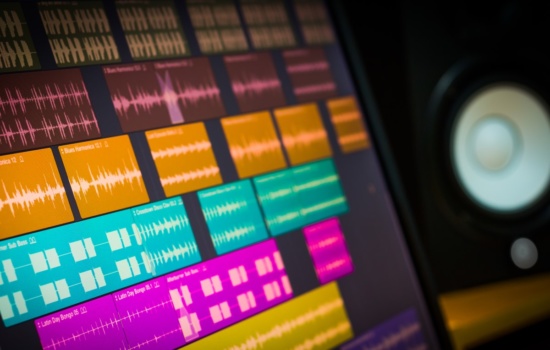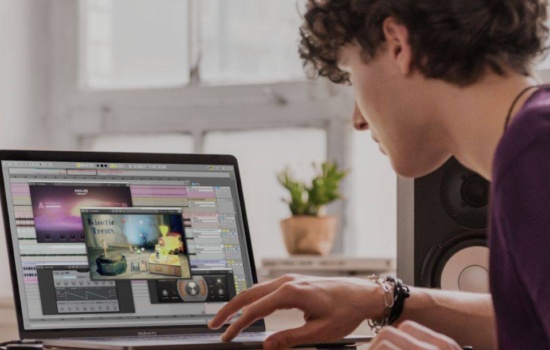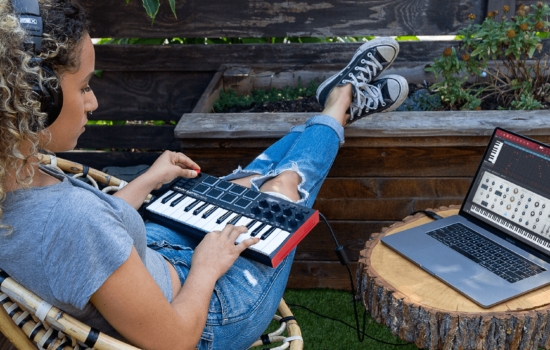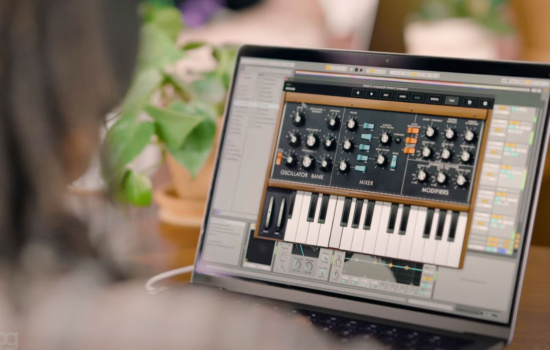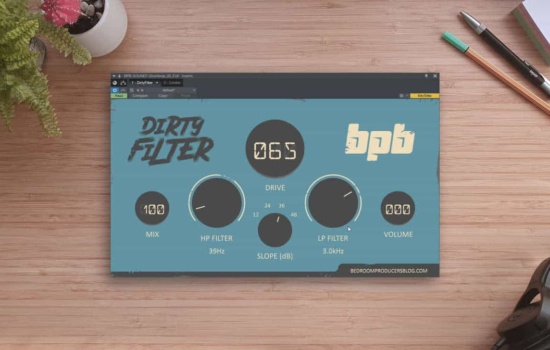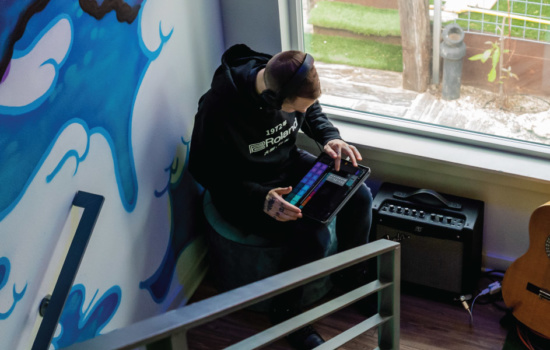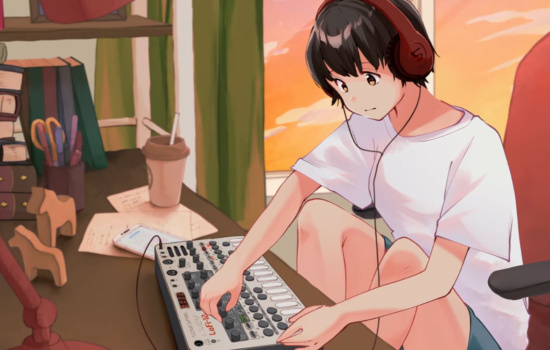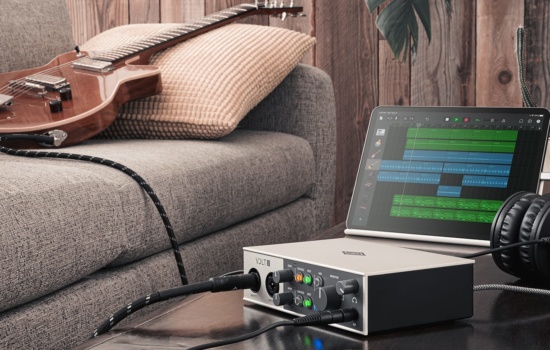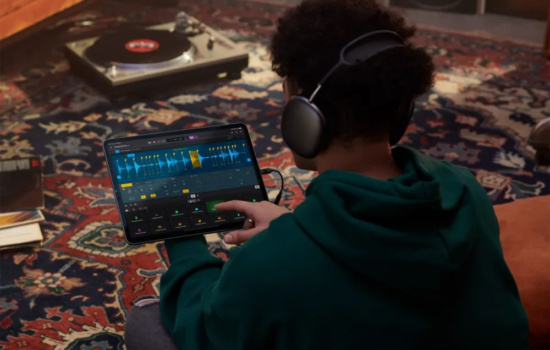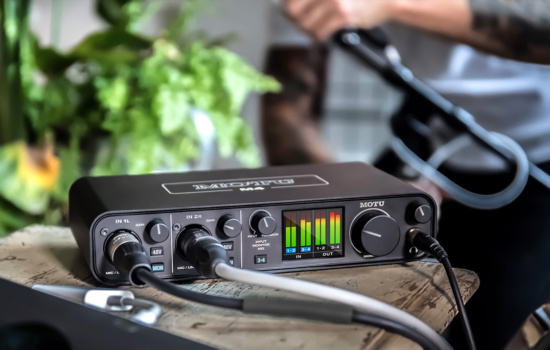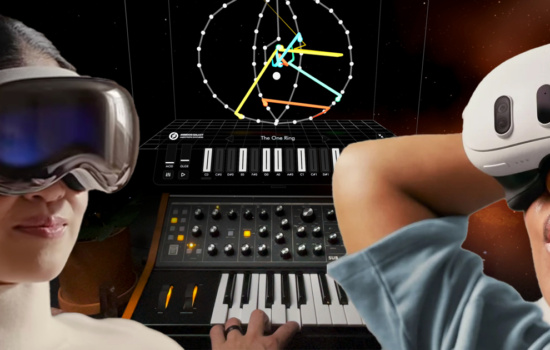What the VST protocol has enabled us to do is take the massive amount of external hardware processes, synthesizers and instruments usually associated with studio recording and place them inside our computers.
Where once you needed a huge room filled with gear now all you need is a laptop and a pair of headphones. And much of it you can do for a fraction of the cost. It’s enabled us all to become Sound Engineers and Producers and has brought the delights of music production with authentic-sounding instruments within reach of everyone.
That’s not the whole story because in these enlightened times we’ve come to realize that software representations of hardware are not always as inspirational or engaging as the hardware itself. We’ve found that there’s something very human in the turning of physical knobs and the playing of instruments that software struggles to replicate.
So, whereas 10 years ago it seemed that VST plugins would be all we’d ever need, we’ve found usefulness and creativity in both software and hardware and these days we’ve seen a bit of a hardware renaissance. Hardware synths are a lot of fun, but software ones can do extraordinary things that sometimes go beyond physical restraints.
I can record live guitar for a more nuanced performance than using a virtual one but recording an amplifier with a microphone at home can be troublesome and so virtual amps are a great solution. And who can afford to hire an orchestra?
So, these days in music production neither software nor hardware is king. Software can keep things affordable while a modest amount of hardware can stretch your creativity and help us feel authentic. You use whatever fits your situation and enables your creativity.
Video: An example of the range of VST effects and instruments you can run on your computer.
